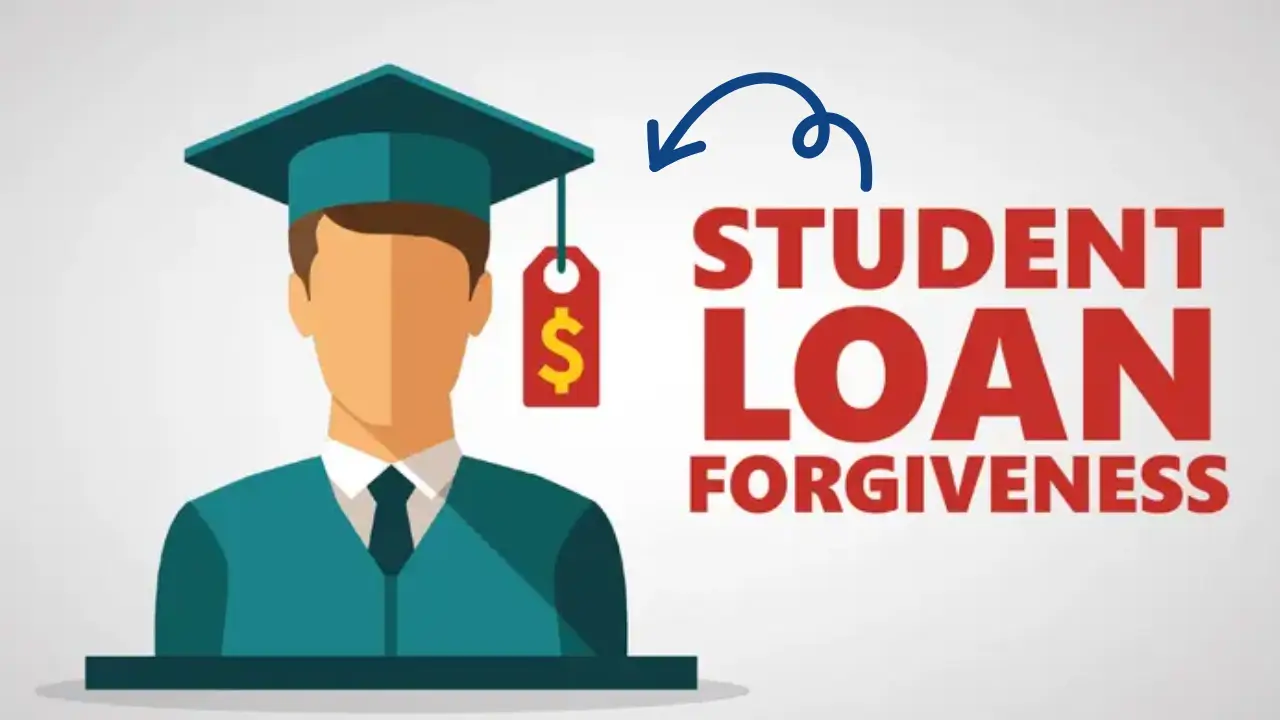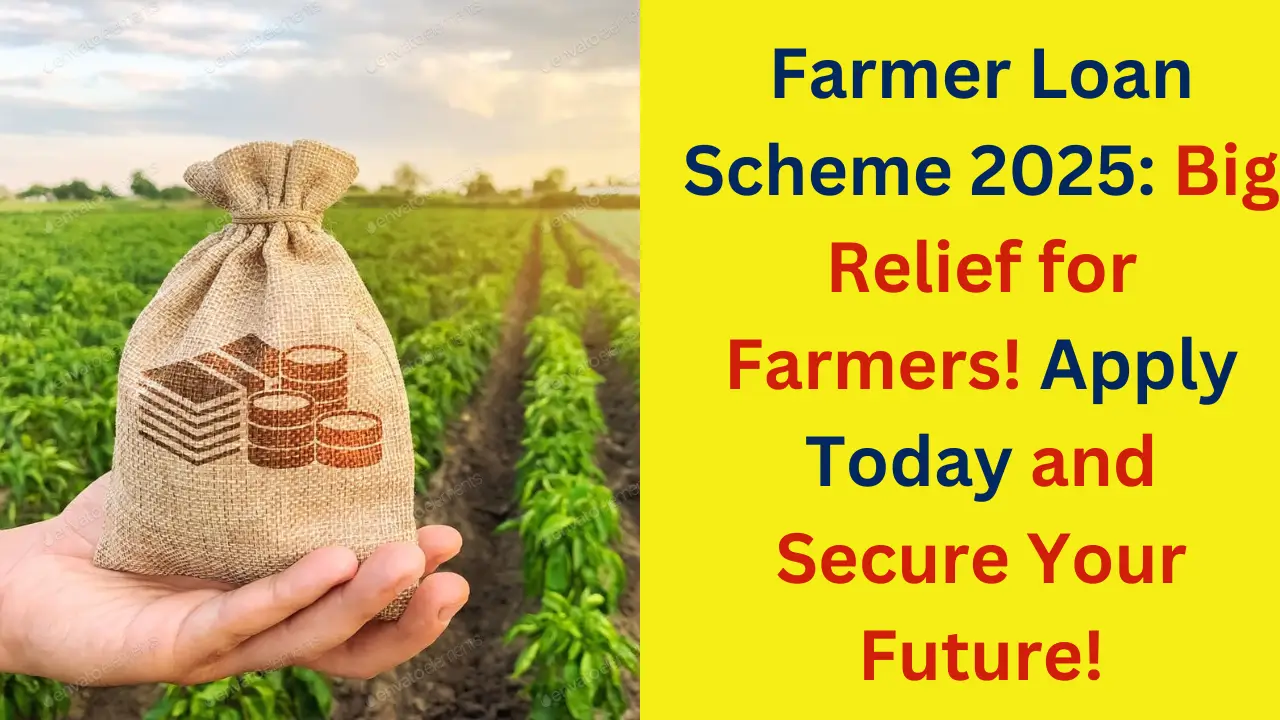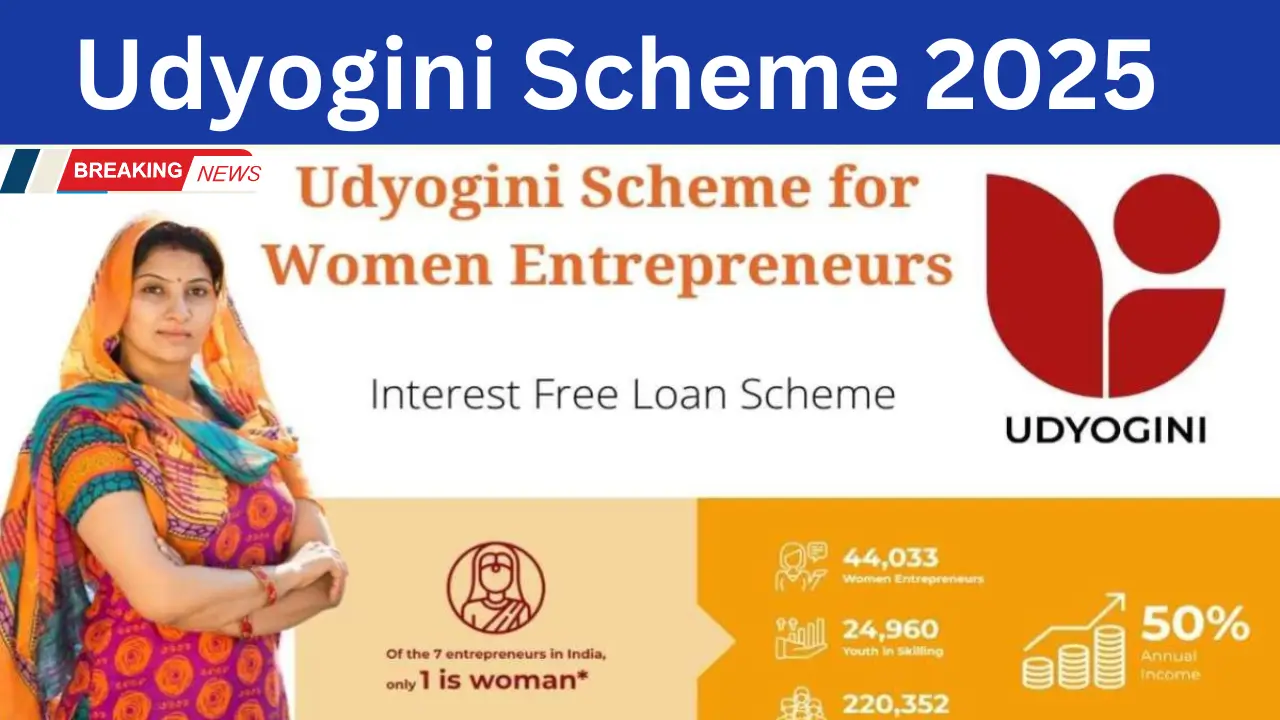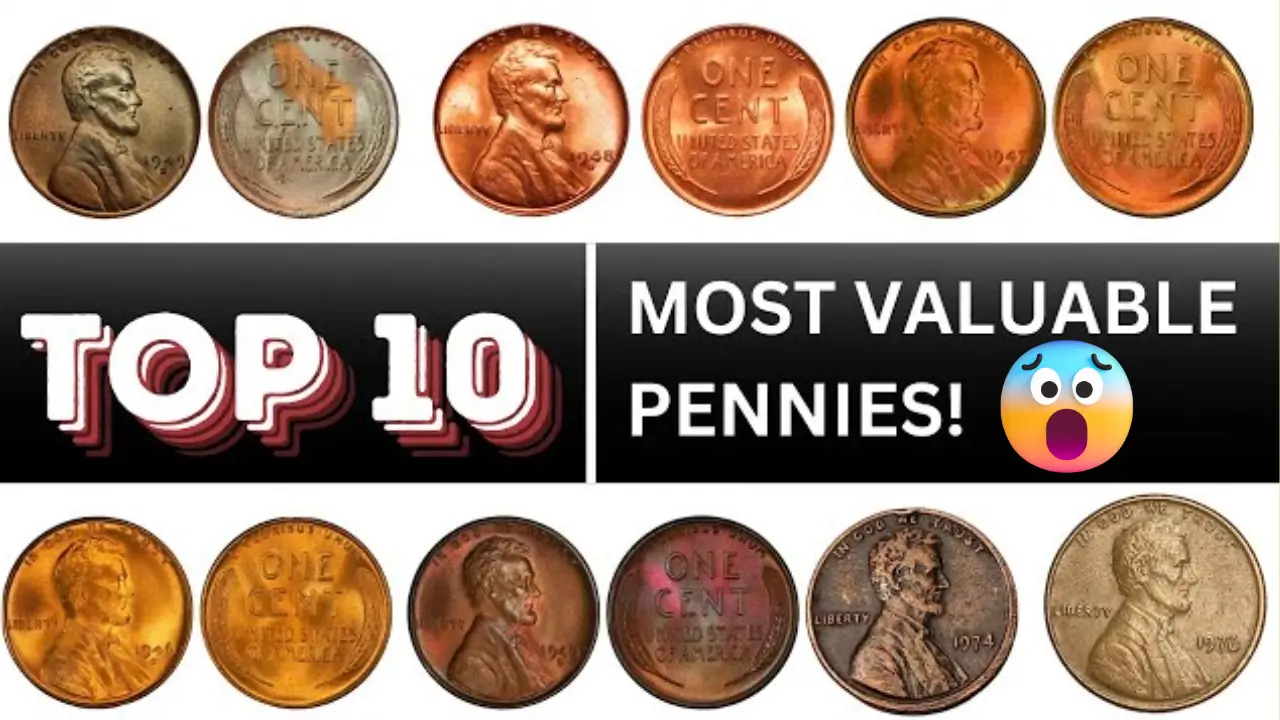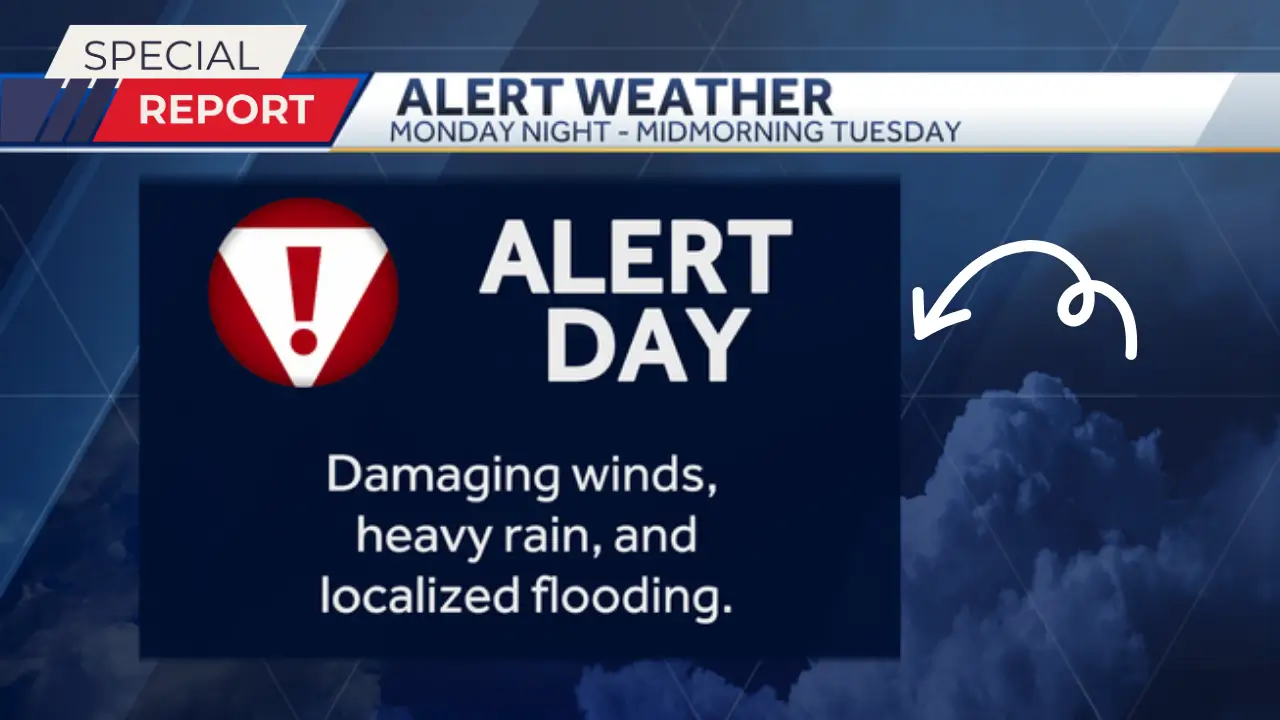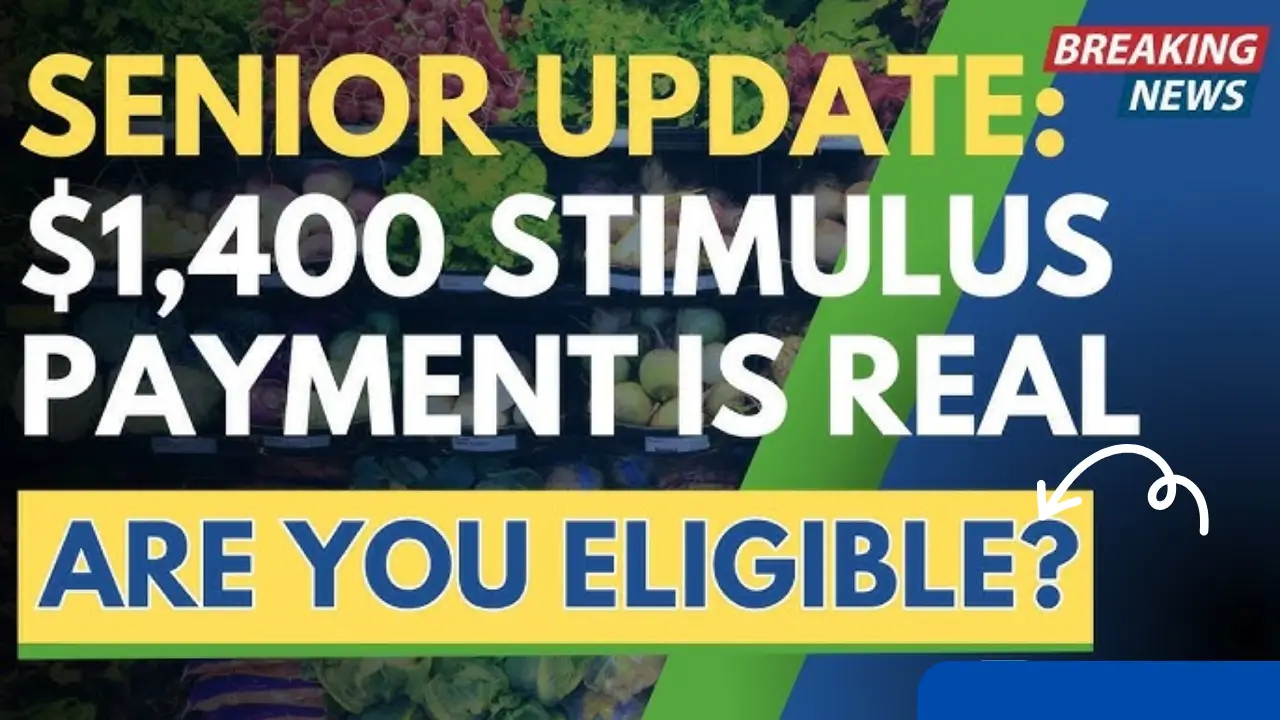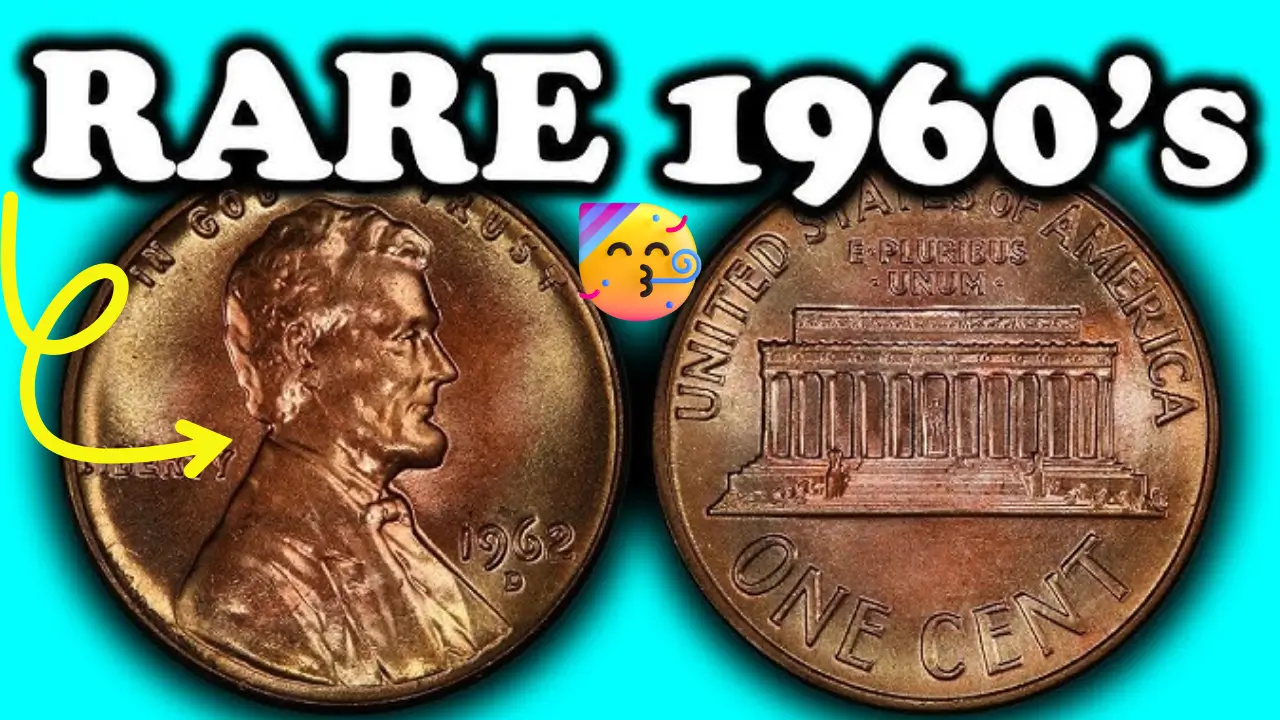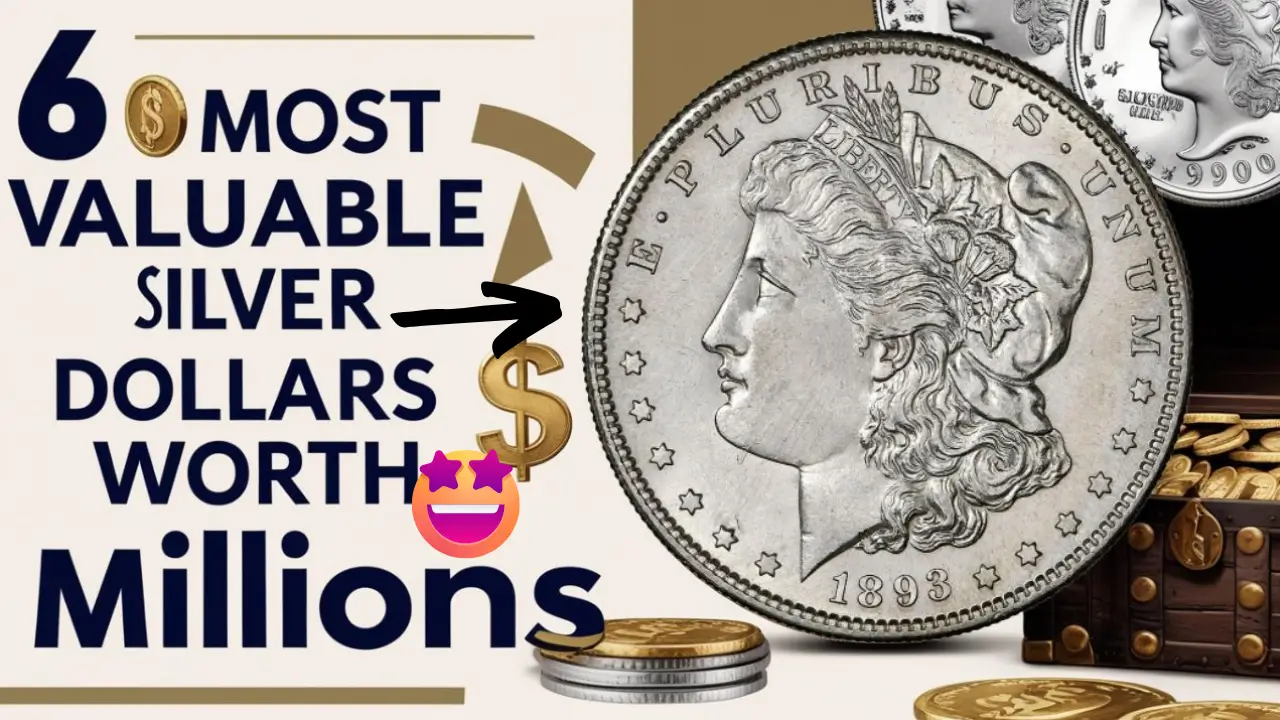Student loan debt has become a significant financial challenge for millions of Americans, creating barriers to economic progress and personal goals. The Biden Administration has been actively working to provide relief through various student loan forgiveness programs, helping borrowers manage their educational debt. These initiatives aim to support public service workers, teachers, and individuals facing financial hardships by offering multiple pathways to reduce or eliminate student loan burdens.
The landscape of student loan forgiveness is complex and constantly evolving, with various programs designed to assist different groups of borrowers. From public service workers to teachers and those experiencing financial difficulties, there are multiple options available to help reduce the overwhelming burden of educational debt. Understanding these programs can be crucial for those seeking financial relief and a path to economic stability.
Student Loan Forgiveness Program Details
| Key Aspect | Details |
|---|---|
| Total Relief Provided | $180 billion |
| Number of Beneficiaries | Nearly 5 million Americans |
| Primary Programs | Public Service Loan Forgiveness (PSLF) |
| Eligible Professions | Teachers, Nurses, First Responders, Public Servants |
| Forgiveness Criteria | 120 qualifying monthly payments |
| Current Status | Ongoing with specific program requirements |
Key Forgiveness Programs
Public Service Loan Forgiveness (PSLF)
PSLF remains the most prominent student loan forgiveness program, offering significant relief to public service workers. Key features include:
- Forgiveness after 120 qualifying monthly payments
- Applicable to government and nonprofit employees
- Covers various professions including education, healthcare, and emergency services
Income-Driven Repayment (IDR) Forgiveness
The IDR plan provides alternative relief options:
- Monthly payments capped at a percentage of income
- Potential loan forgiveness after 20-25 years
- Beneficial for borrowers with high debt-to-income ratios
Current Challenges and Limitations
Recent developments have complicated the student loan forgiveness landscape:
- The Biden Administration withdrew sweeping forgiveness plans
- Political challenges continue to impact broad debt relief efforts
- Specific targeted programs remain available
Eligibility and Application Process
Important steps for potential applicants:
- Verify federal student loan status
- Determine appropriate forgiveness program
- Gather required documentation
- Submit application through official channels
- Maintain consistent payment records
State-Specific Loan Assistance Programs
Different states offer unique loan assistance:
- California: Mental health professionals can receive up to $15,000 in loan support
- Maine: Dentists practicing in underserved regions qualify for $100,000 in repayment assistance
Practical Advice for Borrowers
Navigating student loan forgiveness requires:
- Staying informed about program changes
- Consulting loan servicers
- Exploring multiple relief options
- Maintaining accurate employment and payment records
Conclusion
Student loan forgiveness continues to be a critical issue for millions of Americans. While broad forgiveness remains challenging, targeted programs provide meaningful relief for many borrowers. Staying proactive, understanding available options, and carefully documenting qualifications are key to successfully navigating the student loan forgiveness landscape.

